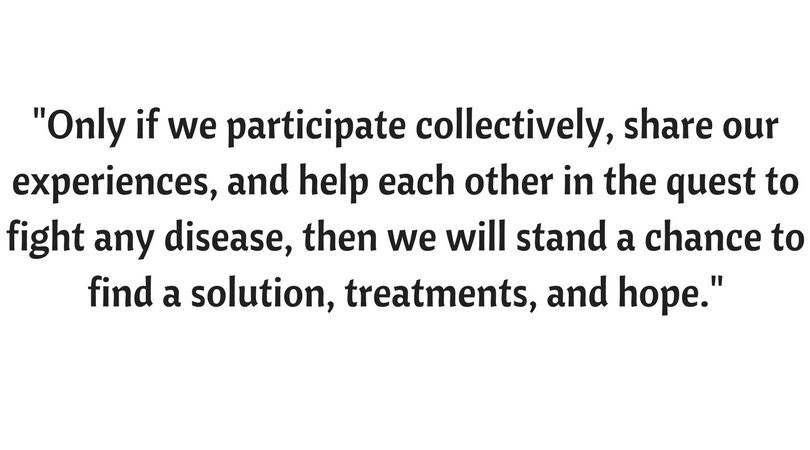By Salvatore La Rosa
On Feb 29, 2008, EURORDIS, a European rare disease organization, sponsored the first Rare Disease Day in Europe. Then the United States joined the first global observance the following year, along with 23 other countries. This year I was invited to participate at the Rare Disease Day at the National Institutes of Health (NIH), an event that aims to bring together “Patients and Researchers – Partners for Life,” as their slogan has always been. The day is a forum for all stakeholders involved with any rare disease. This year, together with Chris Austin, MD, Director of the National Center for Advancing Translational Science (NCATS), Francis Collins, MD, PhD, Director of the NIH, and James Gilman, MD, CEO of the NIH Clinical Center, there were patients, families, caregivers, advocacy groups, researchers and clinicians gathered.
An interesting part of the day was reserved to discuss the latest advances in Gene Therapy and Gene Editing, as new paradigms are quickly emerging in these new fields of research that promise to revolutionize modern medicine. An example currently under scrutiny is the first in-human gene editing clinical trial for Hunter Syndrome, a lysosomal storage disease caused by a deficient (or absent) enzyme. The session also covered how the NIH and NCATS is involved in the advanced genome editing field with their programs and how researchers or foundations can participate and have access to their labs and technology.
 Another topic of interest was discussed by the panel that I was involved in. Together with representatives from other disease organizations, we talked about ‘Collaborating for Successful Research.’ Each one of us discussed an example of successful collaboration that has produced tangible results in the rare disease space. My example was the Children’s Tumor Foundation Synodos collaborative program. We started in 2014 with Synodos for NF2 and today we have five Synodos programs, including three for NF1, that bring together more than 40 principal investigators and more than 20 different research institutions, including the newest ‘Synodos for Schwannomatosis.’ The integration of patient and patient’s advocates with researchers and clinicians has proved successful and very interesting results are starting to emerge. One of the Synodos programs (Synodos for NF2) in particular has benefitted from the participation of NCATS and, thanks to this collaboration, the group was able to access technology that otherwise would be very difficult to obtain.
Another topic of interest was discussed by the panel that I was involved in. Together with representatives from other disease organizations, we talked about ‘Collaborating for Successful Research.’ Each one of us discussed an example of successful collaboration that has produced tangible results in the rare disease space. My example was the Children’s Tumor Foundation Synodos collaborative program. We started in 2014 with Synodos for NF2 and today we have five Synodos programs, including three for NF1, that bring together more than 40 principal investigators and more than 20 different research institutions, including the newest ‘Synodos for Schwannomatosis.’ The integration of patient and patient’s advocates with researchers and clinicians has proved successful and very interesting results are starting to emerge. One of the Synodos programs (Synodos for NF2) in particular has benefitted from the participation of NCATS and, thanks to this collaboration, the group was able to access technology that otherwise would be very difficult to obtain.
The day moved along with exchanges of very compelling thoughts and ideas and the awakening reality that still there is a lot of work to do for all of us. Some groups are more advanced and have already forged partnerships with Industry, others are still figuring out how a small, grass-roots foundation can bring everyone together to fight one of the 7,000 rare diseases. But it is after days like this that you might find the answers or the right questions to ask. Only if we participate collectively, share our experiences and help each other in the quest to fight any disease, then we will stand a chance to find a solution, treatments, and hope.

